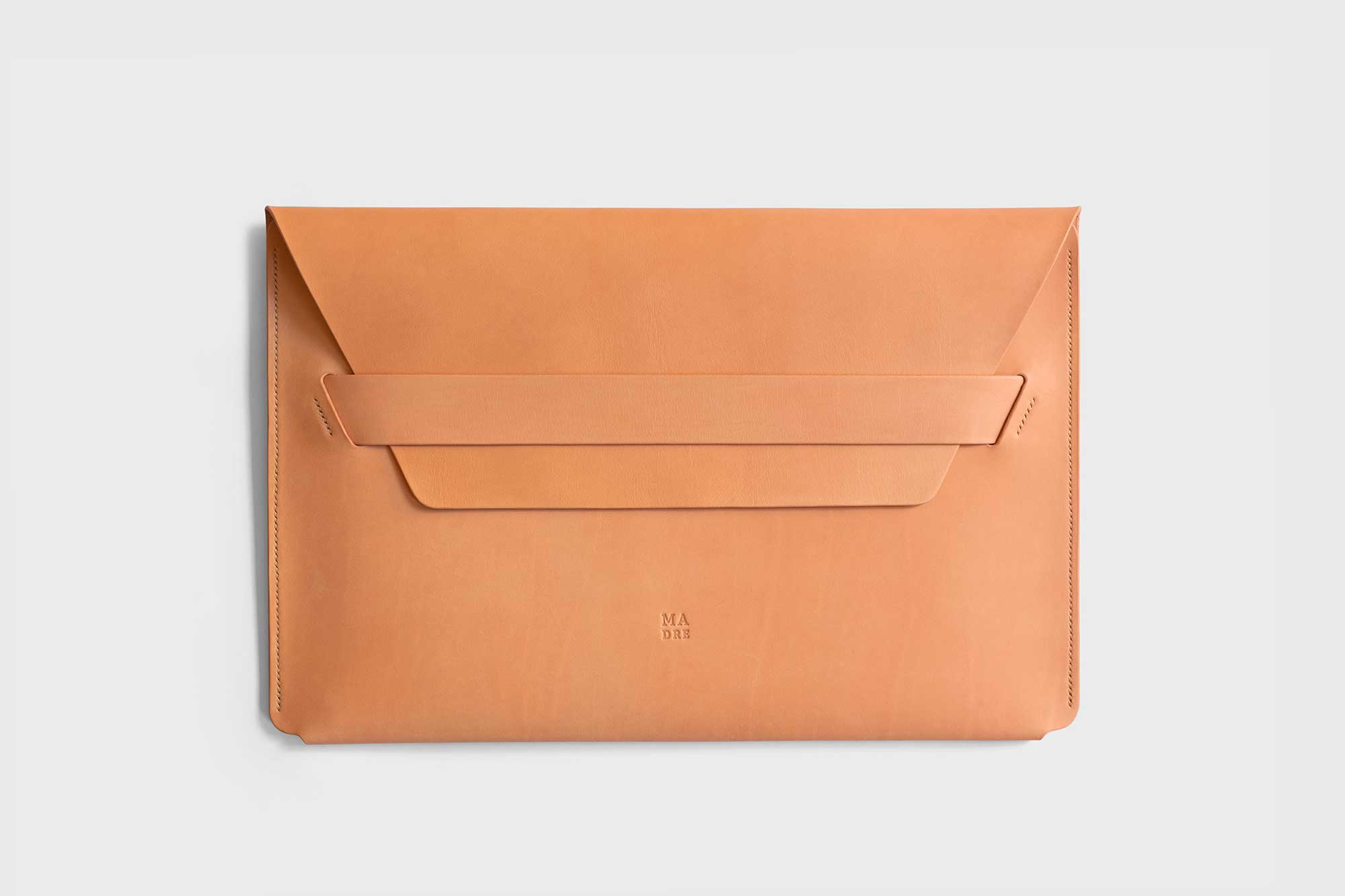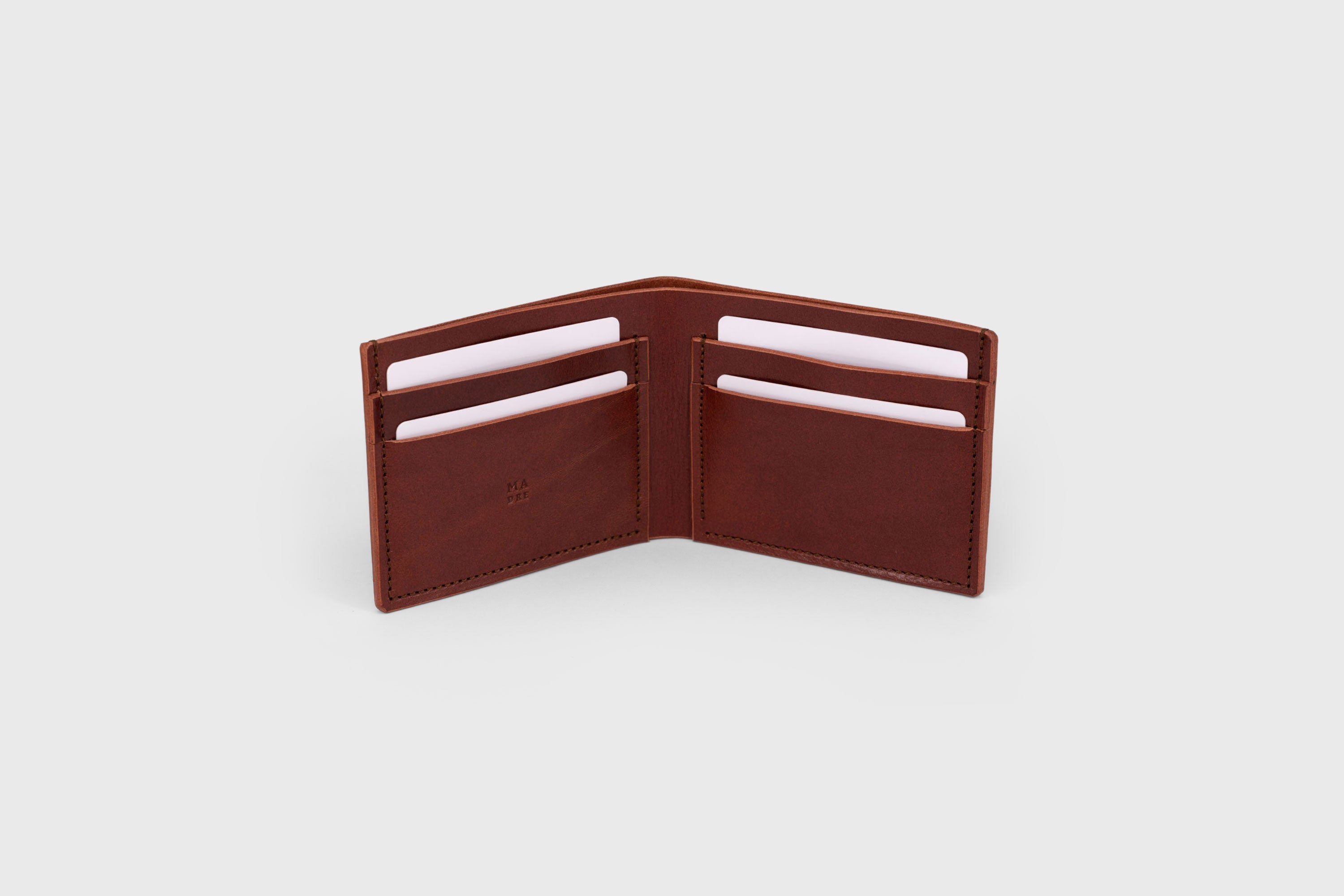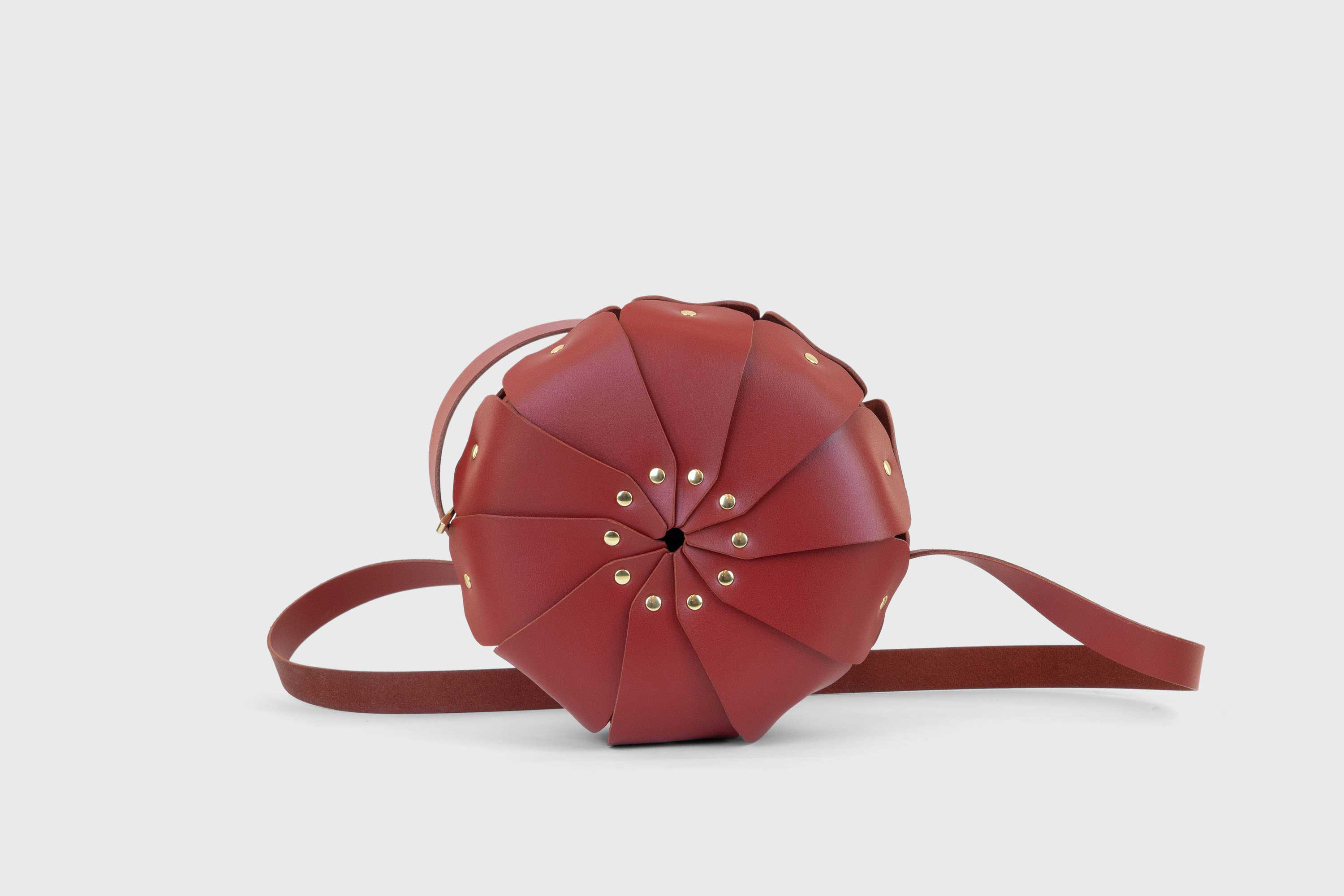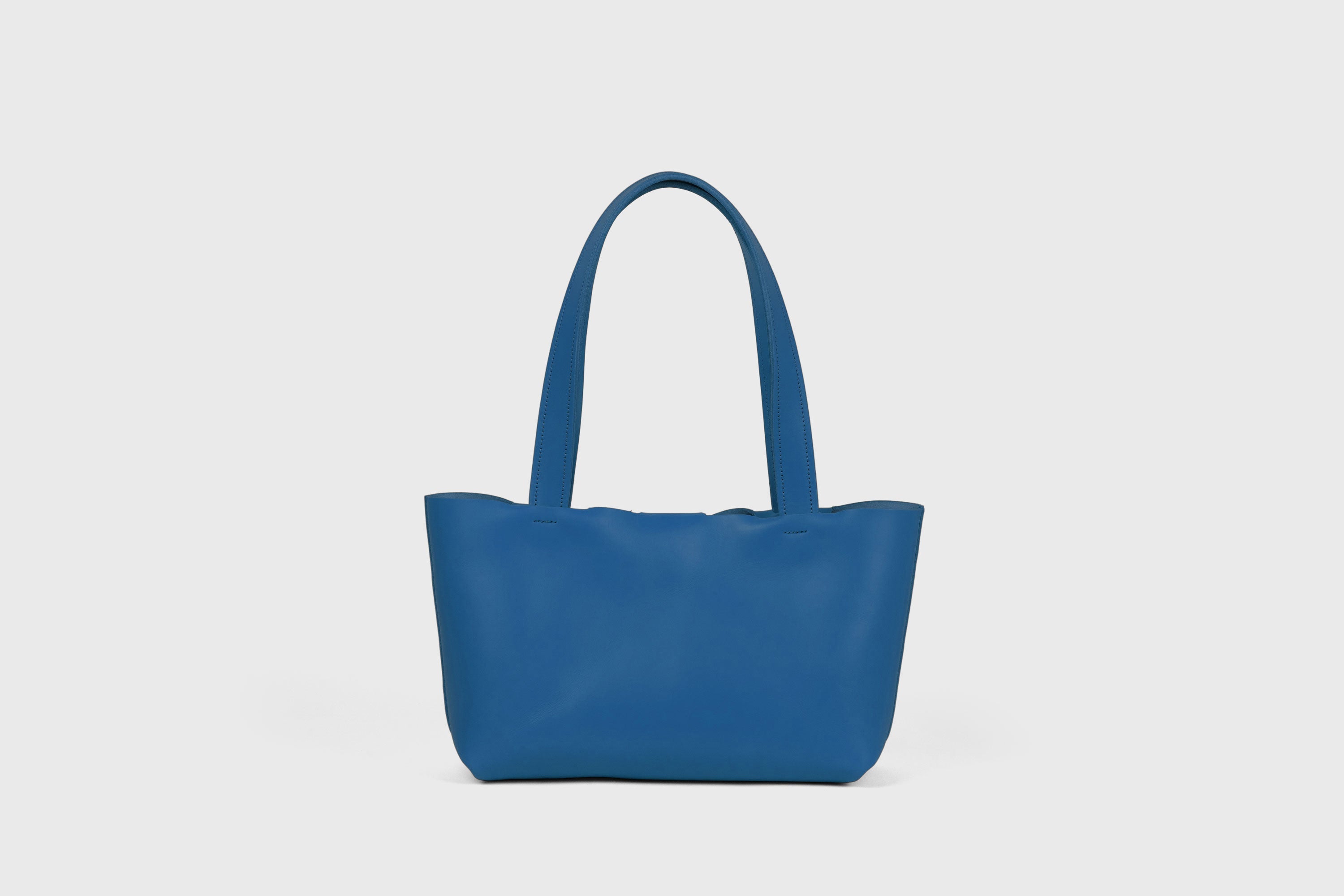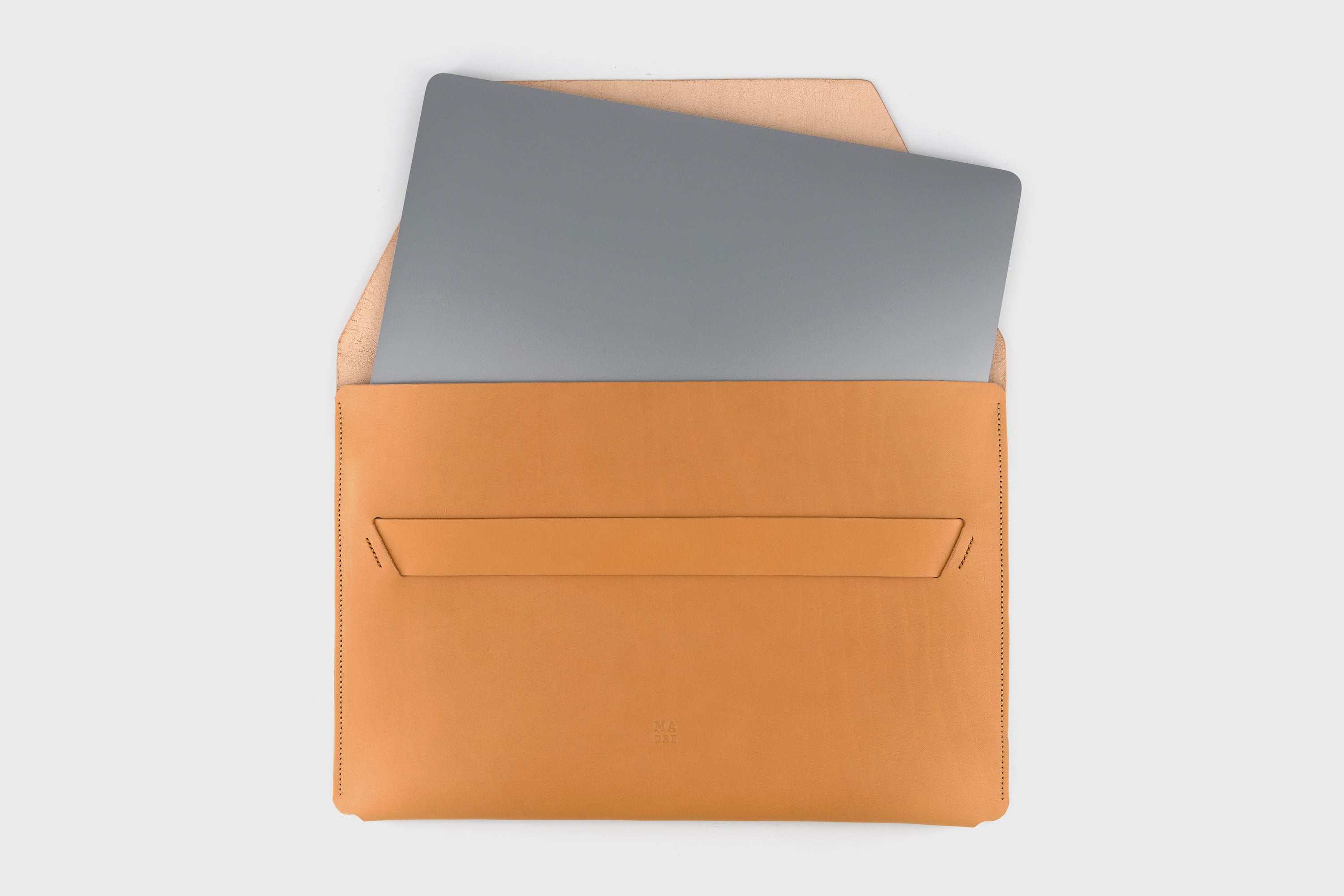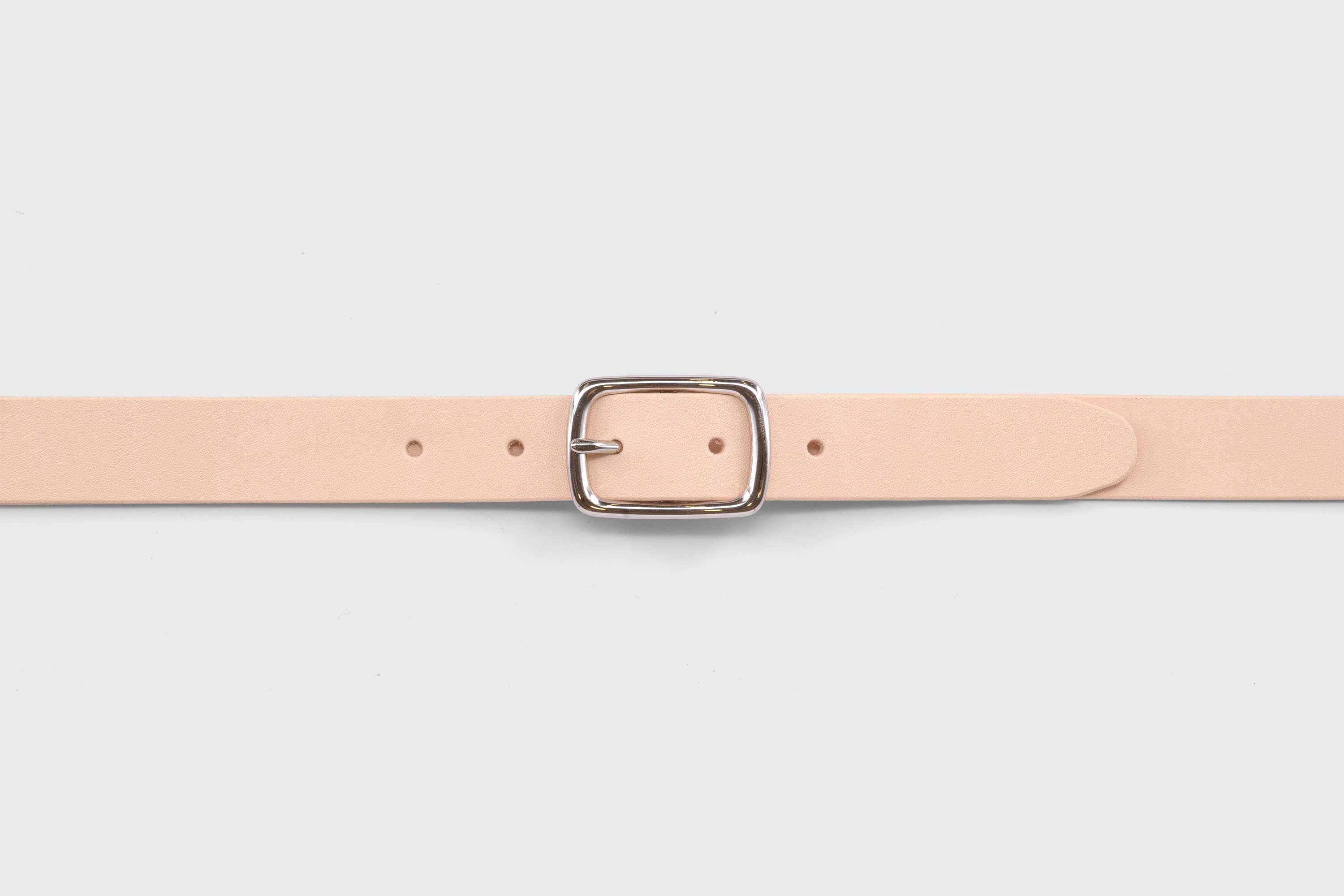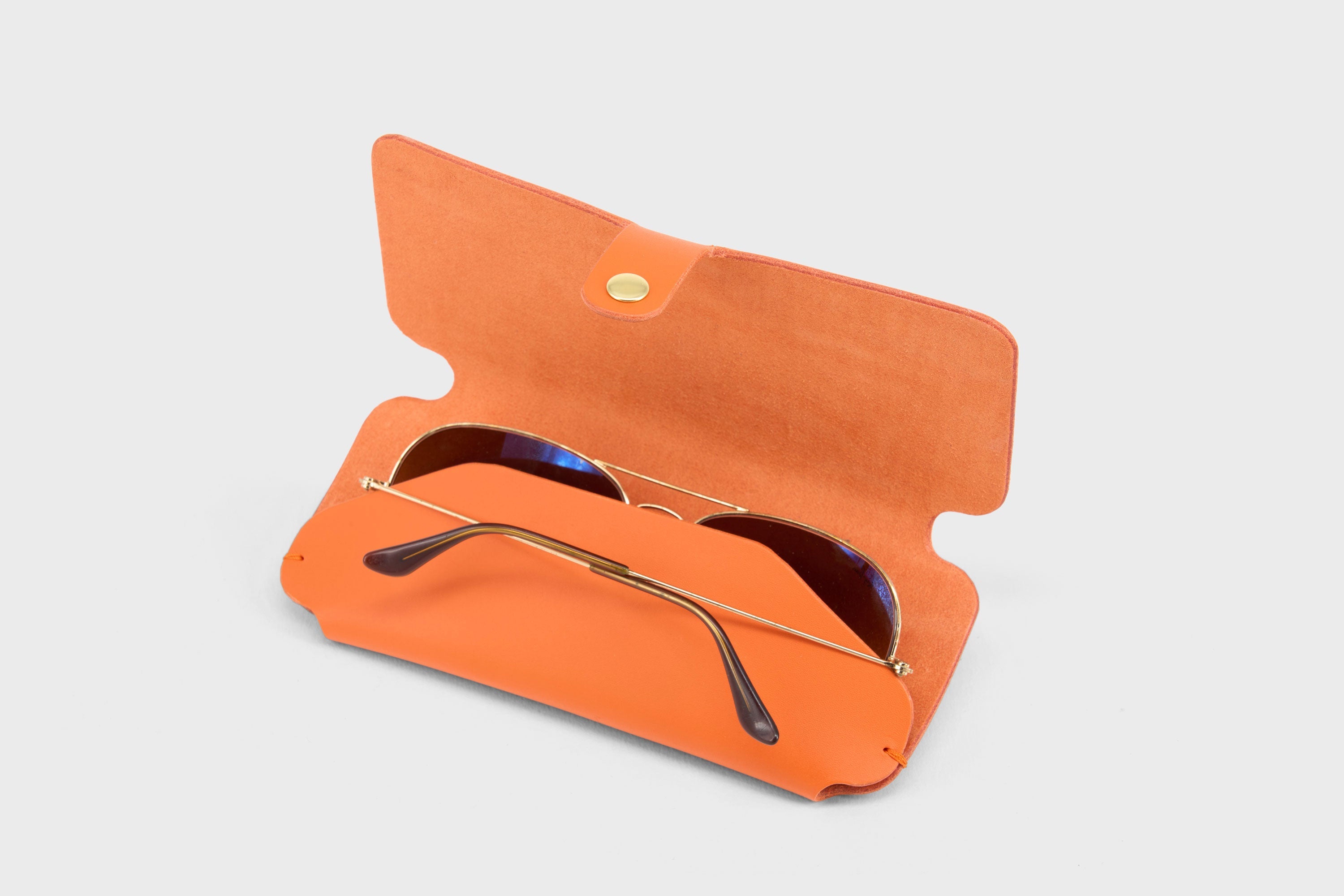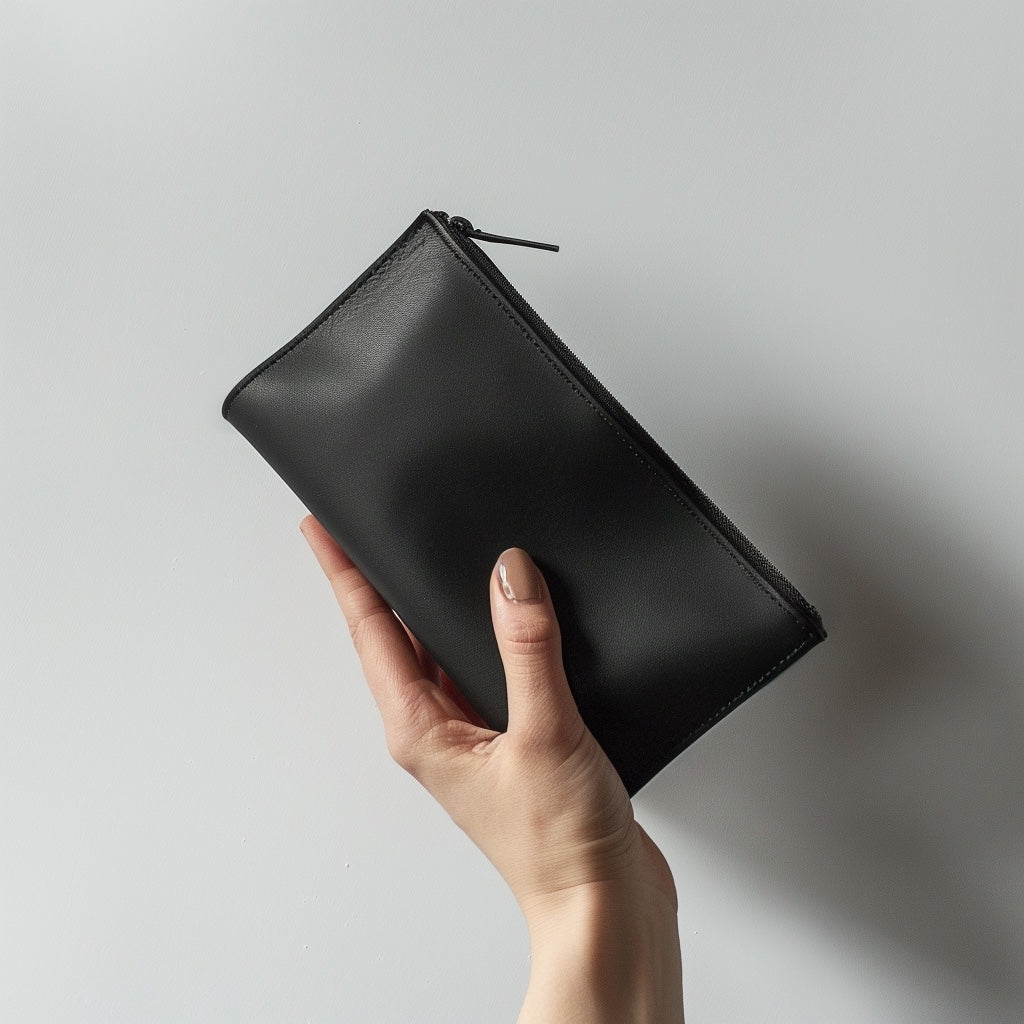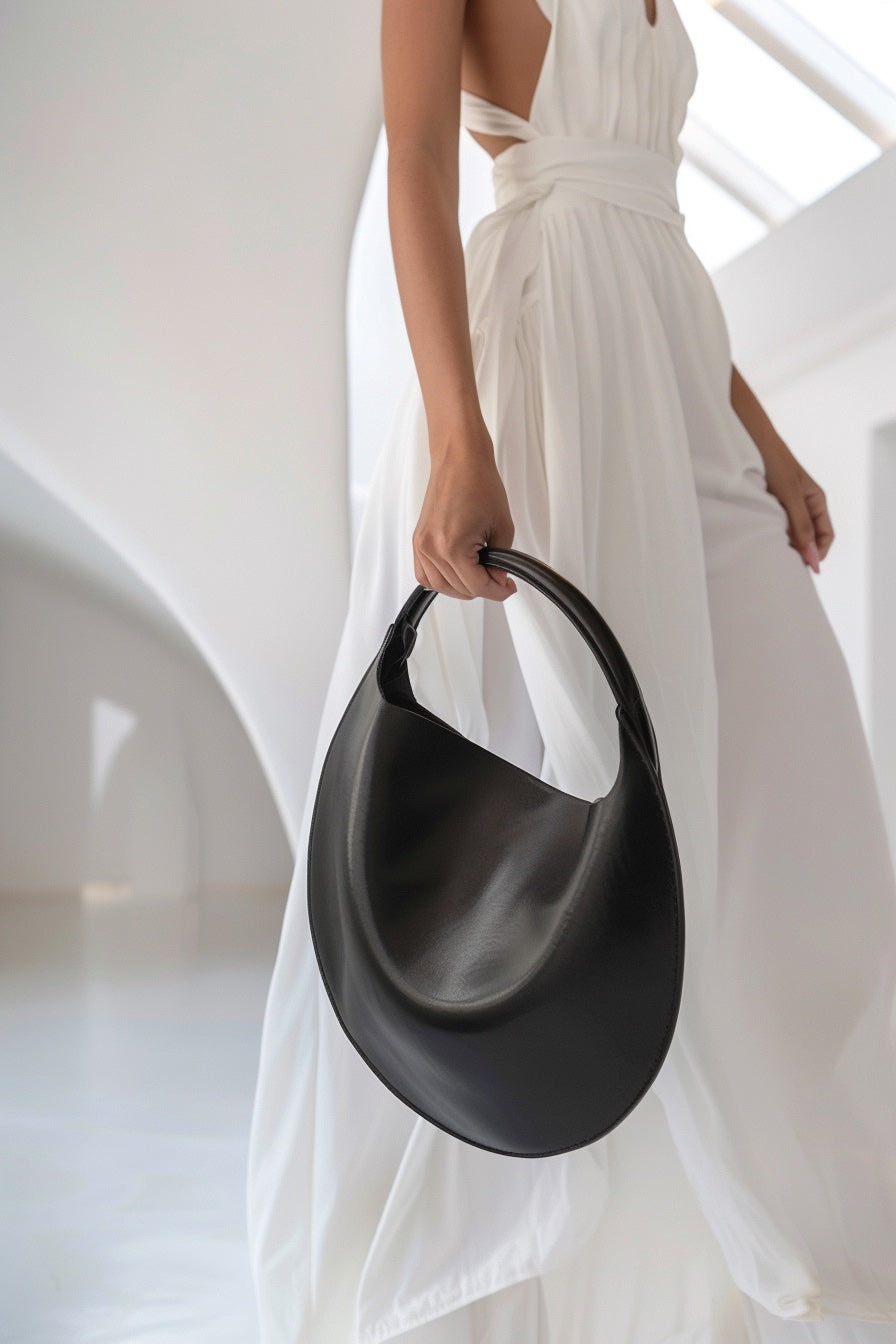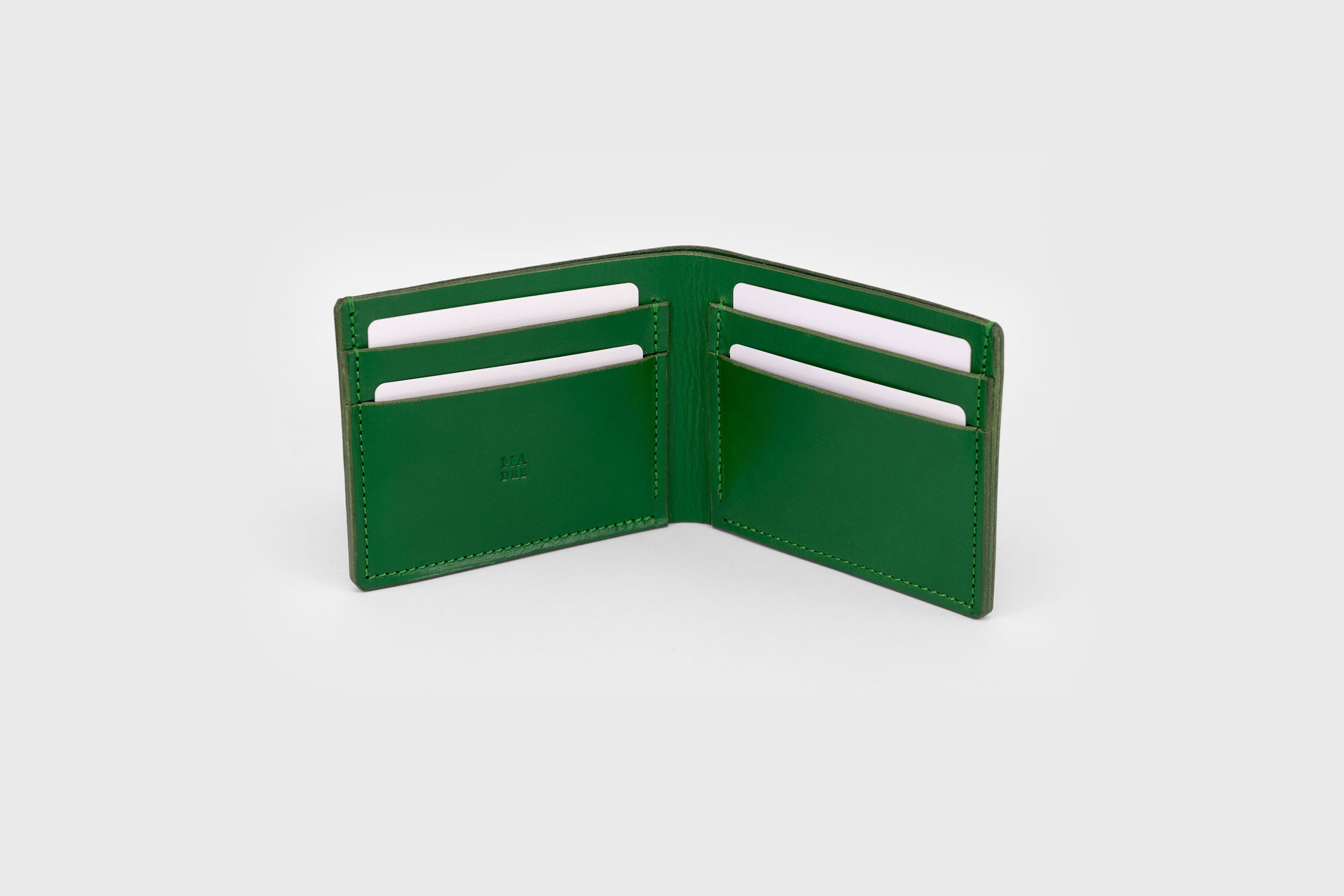
Types of Wallets - To Help you Pick the Right One
Why Your Wallet is More Than Just a Pocket Accessory
Let’s talk about one of the most essential yet often overlooked accessories in our daily lives: the wallet. Sure, at its core, a wallet is a simple item—a place to stash your cash and cards. But when you really think about it, a wallet is much more than that. It’s a personal organiser, a statement of style, and a companion that goes with you just about everywhere.
From the ancient coin pouches of yore to the sleek digital cardholders of today, wallets have undergone a fascinating evolution. They’ve adapted not only to the changing forms of currency but also to our shifting lifestyles, becoming smarter, slimmer, and more secure over time. Whether you're buying a morning coffee, flashing an ID at the airport, or picking up a tab on a first date, your wallet is there, quietly managing your life’s transactions.
In this blog, we’re going to explore everything wallet-related. We’ll start with a little history lesson on how wallets came to be, look at the plethora of types available today, and talk about what features match different needs. We’ll also touch upon the best materials for durability and style, how to pick the perfect wallet for your lifestyle, and tips for keeping your chosen wallet in tip-top shape.
So, whether you're a minimalist who loves a good money clip or someone who needs a wallet that can double as a mini suitcase, there’s a wallet out there just for you. Let’s get into it and find out how to choose the best wallet that not only holds your money but also fits your life perfectly.
The Evolution of Wallets
A Brief History of Wallets
Wallets have been with us for as long as there have been things worth carrying. Their journey began thousands of years ago, originating from basic pouches made from animal skin that early humans used to carry their precious stones, spices, or any other valuables. The concept of a wallet has always been about security and portability but has evolved significantly in its form and function.

As societies grew and economies developed, so did the need for something more sophisticated than a simple pouch. In ancient Greece, for instance, wallets were used not just for carrying coins but also for toting around food and other provisions. By the Renaissance, wallets had become an essential accessory for European gentlemen, who used them to carry coins, calling cards, and in some cases, sweet-smelling herbs to mask the odors of the streets.
However, the real transformation came with the introduction of paper currency in the 17th century. This change necessitated a design overhaul, leading to the development of the wallet as we know it today—a foldable case, often made of leather, designed to fit comfortably in a pocket. Over time, wallets have adapted to include compartments for credit cards and ID cards, reflecting changes in consumer behavior and technological advances.
The Modern Wallet: Adapting to Digital Age
Today's wallets are not just about carrying physical items; they have adapted to our digital needs as well. With the rise of electronic payments and digital IDs, wallets have become thinner and more tech-savvy, incorporating materials that block RFID signals to protect against electronic theft. Some wallets have even gone entirely digital, stored on smartphones in apps that replicate the functionality of a physical wallet in a digital format.
In this journey from primitive pouches to high-tech holders, wallets have shown an incredible ability to adapt and evolve, reflecting the very advancements of civilization itself. They are not just receptacles of our day-to-day essentials but historical artifacts that carry the tales of trade, fashion, and technology across centuries.
Basic Types of Wallets
Bifold Wallets
The bifold wallet is a quintessential choice for many due to its sleek, functional design. It folds open to reveal a single crease, typically housing several slots for cards on one or both sides and a full-length compartment for bills. This type of wallet balances convenience and capacity, making it a popular choice for those who want quick access to their essentials without too much bulk.
Trifold Wallets
For those who find the bifold limiting, trifold wallets offer a more expansive solution. Folding over twice, this design provides ample space across three panels, often featuring additional card slots and sometimes even a zippered section for coins. The trifold is perfect for people who like to carry numerous cards and receipts but still want their wallet to fit snugly in their pocket.
Money Clips
The epitome of minimalism, money clips are designed to hold bills securely without the need for a traditional wallet’s bulk. Often combined with a slot or two for your most-used cards, money clips are ideal for the minimalist who wants to keep things light and simple. They fit easily into a front pocket, reducing the risk of back pain associated with sitting on a bulky wallet.

Specialized Wallets for Every Need
Purses and Coin Purses
Purses serve as a primary carryall, often resembling a small bag and offering versatile storage for everything from makeup to smartphones, in addition to cash and cards. Coin purses are smaller, specifically designed to keep loose change organised and accessible without taking up much space.
Long Wallets
Also known as continental wallets, long wallets offer a sleek profile that doesn’t require folding cash or documents. This makes them ideal for business professionals or anyone who prefers a more refined look and needs to carry items like checks and bills flat.

Zip Around Wallets
For ultimate security and organization, zip-around wallets are a formidable choice. They encase all contents completely, from cash and cards to important receipts and small personal items, ensuring nothing falls out. Their comprehensive storage capabilities make them a preferred choice for extensive travelers or those who like everything securely stored in one place.

Credit Card Wallets
Tailored for the card-centric user, credit card wallets prioritize efficiency with dedicated slots designed to store and organize multiple credit cards. Slim yet effective, these wallets often feature a streamlined design that allows for easy access in a rush—perfect for the urban commuter or the frequent shopper.
Wallets with Chains
Adding an edge to wallet security, wallets with chains feature a robust chain link that can be clipped to clothing or a bag. This style is favored by motorcyclists and travelers who need extra assurance that their wallet won’t be easily lost or stolen.

Wallets with Straps
Blending the portability of wallets with the practicality of a strap, these wallets often function as a hybrid between a small purse and a wallet. They're particularly useful for quick errands or times when you want to carry minimal items hands-free.

Travel and Passport Wallets
Essential for the international traveler, these wallets are designed to hold all travel necessities, including passports, boarding passes, and different currencies, with RFID-blocking technology to safeguard personal information against digital theft.

Phone Case Wallets
The modern solution for those who want to consolidate their phone and wallet into one, phone case wallets integrate a protective phone case with essential wallet functions, providing slots for cards and a compartment for cash.

Key Case Wallets
Key case wallets offer a compact, all-in-one solution for carrying keys and essential cards in one organized place. These are ideal for those looking to streamline their pockets and reduce the clutter of separate key rings and wallets.
Card Holders
For the ultimate minimalist, card holders strip down the wallet to its bare essentials. Designed to carry only cards and occasionally a bit of cash, card holders are slim, lightweight, and perfect for those who prefer not to carry cash or many items.
These wallet types cater to a wide range of preferences and needs, from the minimalistic to the fully equipped. Choosing the right wallet involves considering how each type can enhance your daily routines and fit seamlessly into your lifestyle. Whether you need something rugged and secure for travel or sleek and simple for everyday use, there's a wallet out there that's perfect for you.
How to Choose the Right Wallet
Selecting the ideal wallet isn't just about picking a style or a brand; it's about finding a match that suits your daily activities, carries your essentials comfortably, and fits seamlessly into your lifestyle. Here’s a guide to help you choose the perfect wallet based on various factors:
Consider Your Daily Needs
Think about what you carry on a typical day. Do you need space for lots of cards, cash, or perhaps both? Are you a frequent traveller who needs easy access to passports and various currencies, or do you mainly use cards and prefer something compact and slim? Understanding your carrying needs is the first step towards choosing a wallet that won’t just hold your items but will enhance your daily efficiency.
Lifestyle Compatibility
Your wallet should complement your lifestyle:
Professionals: Might prefer classic leather wallets that offer a sleek and professional look, suitable for business settings.
Tech-Savvy Users: Those who appreciate technology might lean towards wallets with integrated smart features like tracking devices or RFID-blocking technology.
Outdoor Enthusiasts: Durability is key for adventurers, so materials like rugged synthetics or water-resistant features would be ideal.
Minimalists: Will appreciate slim designs like money clips or card holders that carry only the essentials, avoiding bulk.
Material Matters
The material of your wallet affects not just its look and feel, but also its durability and maintenance requirements:
Leather: Offers a classic look that can age beautifully but requires care to maintain its appearance.
Synthetics: Provide durability and resistance to elements but might not offer the same aesthetic appeal as leather.
Metals: Aluminum or titanium wallets are durable and offer a modern look with added security features like RFID protection.
Sustainable Materials: For eco-conscious consumers, materials like cork or recycled fabrics provide environmentally friendly options without compromising on style or functionality.
Security Features
In an era where digital theft is a real concern, considering the security features of a wallet is crucial. RFID-blocking wallets prevent unauthorized scanning of your credit and debit cards and passports, offering an extra layer of security against digital theft.
Budget Considerations
Wallets can range from very affordable to high-end luxury items. Determine your budget ahead of time and consider it when making your choice. Investing a bit more in a quality wallet can pay off in the long run in terms of durability and style.
Aesthetic and Personal Style
Finally, your wallet should reflect your personal style. Whether you prefer something timeless and understated or bold and unique, choose a wallet that you’ll be proud to pull out of your pocket. Wallets are not only practical but also an extension of your personal brand.
Tips for Choosing the Right Wallet:
Test It Out: If possible, try out the wallet before buying to check for comfort and functionality.
Read Reviews: Look up customer reviews to gauge the satisfaction of others with the wallet’s quality and durability.
Check the Warranty: A good warranty can provide peace of mind, ensuring that you can get a replacement or repair if something goes wrong.
Choosing the right wallet involves a mix of practicality, security, style, and budget. By carefully considering each of these aspects, you can find a wallet that not only meets your needs but also complements your lifestyle and lasts for years to come.
Maintaining Your Wallet
Once you've chosen the perfect wallet, keeping it in good condition is essential to ensure it serves you well for years to come. Proper care and maintenance can extend the life of your wallet, keeping it looking great and functioning properly. Here's how to care for different types of wallets based on their materials and designs.
Leather Wallets
Leather is a popular choice for wallets due to its durability and aesthetic appeal. However, it requires a bit of care to maintain its appearance:
Cleaning: Regularly wipe your leather wallet with a soft, damp cloth to remove surface dirt. For a deeper clean, use a leather cleaner to remove stubborn stains.
Conditioning: To prevent cracking and keep the leather supple, apply a leather conditioner every few months. This helps maintain the moisture balance in the leather.
Avoiding Excess Moisture and Heat: Keep leather wallets away from prolonged sunlight and do not expose them to water. If your wallet does get wet, let it dry naturally away from direct heat.
For a more detailed guide on cleaning leather, read here.
Synthetic and Fabric Wallets
Wallets made from synthetic materials like nylon or canvas are generally more durable and easier to care for than leather:
Cleaning: These can often be cleaned with mild soap and water. For tougher stains, a small brush (like a toothbrush) can be used to scrub gently.
Drying: Allow fabric wallets to air dry completely before putting your items back in to prevent mildew or mold.
Metal Wallets
Metal wallets, such as those made from aluminum or titanium, offer durability and protection against RFID scanning. They require minimal maintenance:
Cleaning: Wipe down with a damp cloth to remove fingerprints and smudges. For a deeper clean, a mild soap solution can be used.
Avoiding Scratches: Store in a separate pocket from keys or other sharp objects to prevent scratching.
Tips for All Wallet Types
Regular Checks: Periodically check your wallet for signs of wear such as loose threads or torn linings, especially around critical areas like card slots and folding points.
Storage: When not in use, store your wallet in a cool, dry place. If storing for long periods, consider wrapping it in a soft cloth to protect it from dust and environmental damage.
Minimal Carrying: Avoid overstuffing your wallet as it can stretch the leather or fabric, and put undue stress on seams and closures.
Maintaining your wallet involves simple, routine care that can significantly extend its lifespan and ensure it remains a reliable accessory in your daily life. Whether it's a high-end leather piece or a practical synthetic model, taking good care of your wallet will keep it functional and stylish for years to come.
Future Trends in Wallet Design
As technology and fashion continue to evolve, so too do the trends in wallet design. Staying ahead of these trends can help you choose a wallet that not only meets your current needs but also remains relevant and functional in the future. Let’s explore what the future holds for wallet design, from materials and technology to style and functionality.
Technological Integration
Smart Wallets: Increasingly, wallets are incorporating technology to enhance security and convenience. Future wallets may include features such as GPS tracking, Bluetooth connectivity for proximity alerts, and even built-in screens that display notifications from your smartphone.
Digital Wallets and Apps: As society moves towards a cashless future, digital wallets are becoming more prevalent. Physical wallets are expected to seamlessly integrate with digital payment systems, possibly through embedded chips that communicate with payment terminals.
Sustainable and Eco-Friendly Materials
Innovative Materials: The demand for sustainable and ethically sourced materials is growing. Future wallets may use lab-grown leathers, recycled materials, or plant-based alternatives that provide the same quality and durability as traditional leather without the environmental impact.
Biodegradable Options: Beyond recycling, future wallets might be designed to be completely biodegradable, using materials that break down naturally without leaving harmful residues.
Personalization and Customization
DIY Customization: Manufacturers might offer more DIY options, allowing customers to select not just colors and materials but also specific design elements like pockets, closures, and even modular components that can be swapped out. If you would like any customisations on your leather accessories, feel free to write to us and we will let you know if its possible!
Personalization Technology: Advances in technology could allow for greater personalization, such as wallets with digital screens that can display images or information customized by the user.
Enhanced Security Features
Advanced RFID Protection: As RFID technology becomes more common, wallets will need to offer better protection to safeguard personal information. This could include materials that are more effective at blocking RFID signals or dynamically adjustable RFID blocking based on proximity to known scanners.
Biometric Security: Future wallets could incorporate biometric technology, such as fingerprint recognition or even retinal scans, to ensure that only the owner can access its contents.
Multi-Functionality and Versatility
Integrated Devices: We might see wallets that integrate other small devices, such as key finders, mini power banks, or even fitness trackers.
Modular Designs: The concept of modular wallets, where sections can be added or removed as needed, could take off, allowing for a highly customizable wallet that can be adapted for different occasions.
Tips for Buying Wallets:
Quality Check: Look for sturdy construction, smooth zippers, and precise stitching. The quality of the materials and the craftsmanship should justify the price.
Research Brands: Some brands are known for their durability and customer service. Spending time researching can lead you to a wallet that lasts longer.
Warranty and Return Policies: Check if the retailer offers a warranty or good return policies, which can provide peace of mind if the wallet does not meet your expectations.
By carefully selecting where to buy your wallet and what to look for, you can make sure that you receive a product that not only meets your needs but also offers good value and longevity. Whether you're looking for an everyday item or a luxury accessory, the right shopping strategy can make all the difference.


